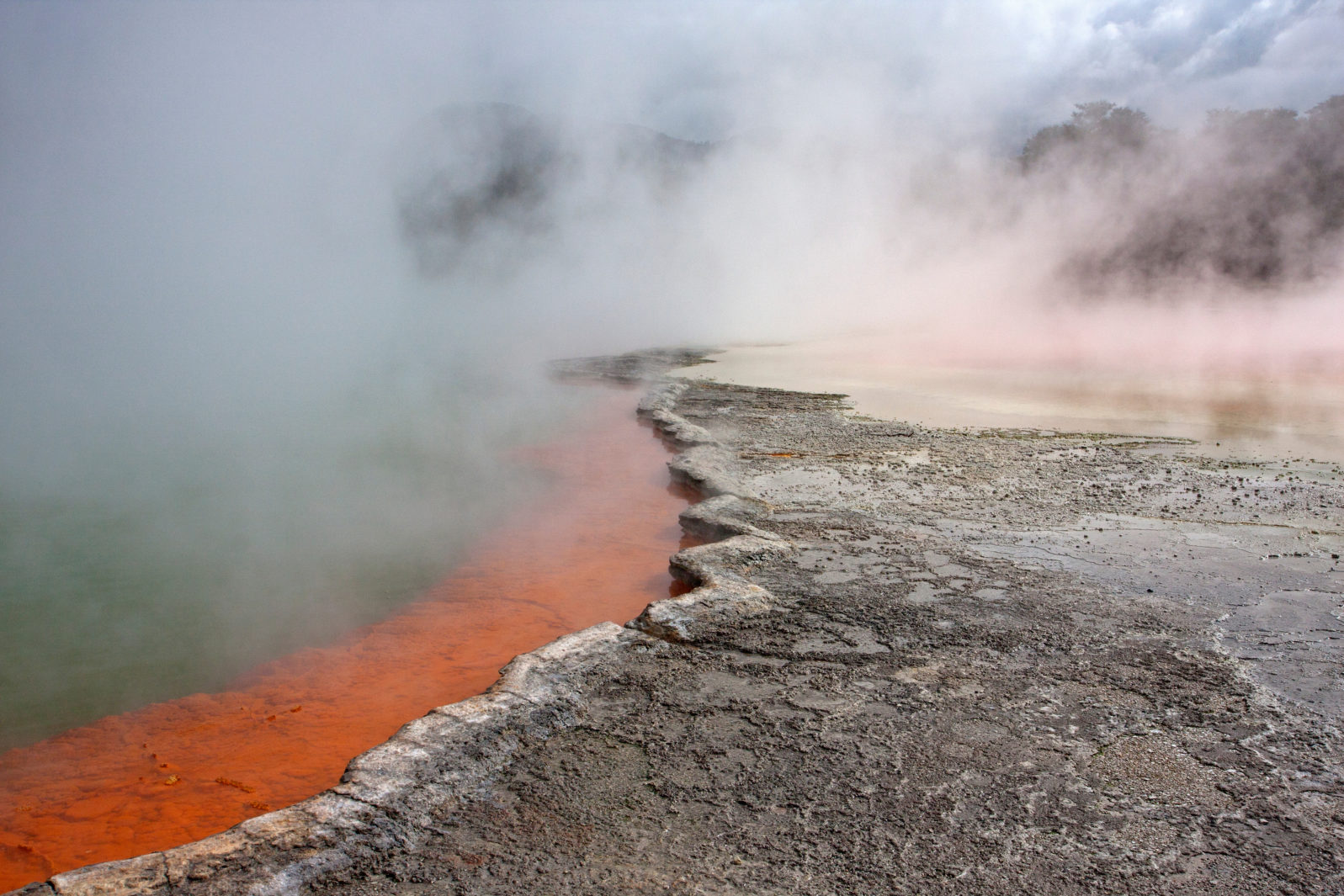Earth’s Weirdest Life Forms Show That ET Life Is Possible
Whether it’s living in boiling water, breathing sulfur, or eating radiation, we’ve found life forms that do just that right here on EarthAstrobiologists debate whether extraterrestrial life would be a lot like life on Earth or quite different. There may be a middle position… A number of life forms on Earth are just so weird that they demonstrate that life can come into existence — and stay in existence — in a variety of ways we never thought possible:
● A giant undersea meadow recently turned out to be one single plant – the world’s largest. Posidonia australis, a seagrass, kept all the genes from both parents so it reproduces by sprouting rhizomes, not by mating. Futurism (June 2, 2022)
● It’s not clear what The Blob at the Paris Zoo even is, in scientific terms. It has 720 sexes, no limbs, and no brain. Yet it makes decisions:
Stranger still: “Polycephalum’s type of organism is thought to have existed for roughly a billion years though it has only been studied intensively in recent decades. It is technically called a “protist” (a catch-all category for life forms that are hard to classify). It makes decisions with no apparent source of intelligence.” Mind Matters News (October 19, 2019) The Royal Society paper on the topic is open access.
● Among the life forms known as extremophiles are many creatures that no scientist expected to find. That includes the Deinococcus radiodurans bacterium which can survive “15,000 gray dose of radiation, where 10 grays would kill a human and it takes over 1,000 grays to kill a cockroach. This species, in fact, is exemplary in many ways, encompassing also the ability to survive cold, dehydration, vacuum and acid.” (LiveScience, (August 2, 2011) From the BBC (September 22, 2020),we learned that some radiodurans survived three years on the outside of a spacecraft:
● Loriciferans can survive with no oxygen. (LiveScience, (August 2, 2011)
● Deep in Canada’s Kidd Mine 350 miles northwest of Toronto live microbes that breathe sulfur and eat fool’s gold (pyrites) – (NBC News, September 7, 2019)
They’re not alone down there, according to NBC News: “In the eye-opening report, a team led by Cara Magnabosco, a geobiologist at the Swiss technical university ETH Zurich, estimated that some 5 x 10^29 cells live in the deep Earth.”
One fellow deep Earth dweller, Geogemma barossii can stand temperatures of up to 250 degrees Fahrenheit (121 Celsius). They can be viewed in the video below at 39 seconds:
● A fungus living at Chernobyl eats radiation: “In 1991, the strange fungus was found growing up the walls of the reactor, which baffled scientists due to the extreme, radiation-heavy environment. Researchers eventually realized that not only was the fungi impervious to the deadly radiation, it seemed to be attracted to it.” (Fox News, February 6, 2020) The paper is open access.
If ET life turns out to be like any of these terrestrial life forms, well, we’ve seen something like that here too.
And now for something completely different:
● Listverse offers 10 scientifically possible extraterrestrial life forms, including silicon-based , arsenic-based, ammonia-based, and methane-based life, but that takes us a bit out of our current depth on Earth. For what it is worth, here’s an argument for the feasibility of silicon-based life:
Life seems to want to come into existence any way that it can. There might, however, be — as SciShow suggests — a grey area where we genuinely can’t tell if the ET is life or not.
But at the rate we are discovering weird life forms on Earth, we may find something that challenges us that way here too. It would give us practice.
You may also wish to read:
NASA develops a scale for assessing the chances of ET life. We’ve come a long way from mere snatches of (maybe) information to the need for standards in evaluating the expected incoming mass. The idea is to give media some idea of the level of confidence in what the apparent signal might be telling us — biological activity or just chemistry?
